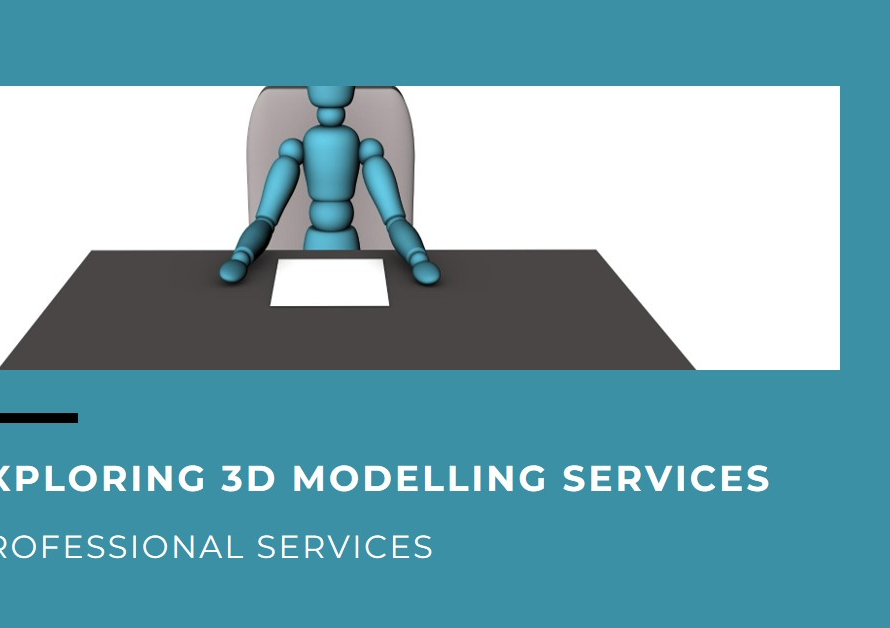
Table of Contents
Introduction: Real Estate Market
The landscape of the real estate market is ever-evolving, shaped by a myriad of economic, social, and technological factors. As we navigate through these dynamic currents, it becomes imperative to analyze the trends and make informed predictions to stay ahead in the game. In this comprehensive blog post, we delve into the realms of real estate, exploring the anticipated shifts, emerging patterns, and the driving forces that will shape the industry in the coming years.
Economic Influences: The Backbone of Real Estate
Economic indicators play a pivotal role in dictating the trajectory of the real estate market. With the global economy gradually rebounding from the effects of the pandemic, we anticipate a surge in demand for real estate properties. Low mortgage rates coupled with robust job growth are expected to stimulate the housing market, driving up property values and sales volume. However, it is imperative to remain cognizant of potential inflationary pressures and their impact on affordability and lending rates.
Technology Revolutionizing the Real Estate Landscape
In an era dominated by technological innovations, the real estate sector is not immune to disruption. From virtual property tours to blockchain-based transactions, technology is revolutionizing every aspect of the industry. Artificial intelligence and big data analytics are empowering real estate agents with valuable insights into market trends and consumer behavior, facilitating more informed decision-making. Moreover, the advent of smart homes and IoT (Internet of Things) devices is reshaping the concept of modern living, offering unparalleled convenience and efficiency to homeowners.
Shifting Demographics: Catering to Changing Needs
Demographic shifts exert a profound influence on the dynamics of the real estate market. The millennial generation, characterized by their preference for urban living and digital connectivity, is emerging as a dominant force in the housing sector. As this cohort enters prime home-buying age, there is a growing demand for affordable housing options in metropolitan areas, driving up property prices in urban centers. Conversely, the aging population presents opportunities in the senior housing sector, with a rising demand for age-friendly amenities and healthcare facilities.
Sustainability: The Driving Force of Real Estate Development
With increasing awareness about environmental conservation and climate change, sustainability has become a defining factor in real estate development. Green building practices, energy-efficient designs, and eco-friendly amenities are no longer optional but imperative in meeting the evolving needs of environmentally-conscious consumers. Developers and investors are embracing sustainable initiatives not only as a means to reduce operational costs but also to enhance the long-term value and appeal of their properties in an increasingly eco-conscious market.
Urbanization vs. Suburban Sprawl: Finding the Balance
The debate between urbanization and suburban sprawl continues to shape the spatial dynamics of the real estate market. While urban centers offer proximity to amenities and employment opportunities, suburban areas allure homebuyers with spacious living and a quieter lifestyle. However, the post-pandemic exodus from cities to suburbs has blurred the lines between these two realms, prompting developers to reimagine suburban neighborhoods with mixed-use developments and vibrant community spaces. Finding the delicate balance between urban vitality and suburban serenity will be crucial in catering to diverse consumer preferences.


Regulatory Landscape: Navigating Through Policy Changes
The regulatory environment plays a pivotal role in shaping the contours of the real estate market. Changes in zoning laws, tax policies, and government incentives can have far-reaching implications for property values and investment strategies. As policymakers prioritize affordable housing and sustainable development, we anticipate a shift towards more inclusive zoning regulations and incentives for renewable energy initiatives. Moreover, increased scrutiny on property taxes and mortgage regulations may necessitate a recalibration of investment portfolios to mitigate risks and maximize returns.
Globalization and Real Estate Investment: Opportunities Abound
Globalization has transformed the real estate market into a borderless arena, offering investors unprecedented opportunities for diversification and growth. Cross-border investments, fueled by capital mobility and geopolitical stability, are reshaping skylines and driving economic development worldwide. Emerging markets, particularly in Asia and Latin America, are witnessing a surge in foreign investment, buoyed by rapid urbanization and infrastructure development. However, geopolitical tensions and regulatory uncertainties underscore the importance of conducting thorough due diligence and risk assessment before venturing into international markets.
The Rise of Co-living and Co-working Spaces
The rise of the sharing economy has permeated into the realm of real estate, giving rise to innovative concepts such as co-living and co-working spaces. These communal living and working arrangements cater to the evolving needs of modern urban dwellers, offering affordability, flexibility, and a sense of community. With the rise of remote work and freelancing, co-living spaces have gained traction among young professionals seeking a dynamic and collaborative environment. Similarly, co-working spaces provide entrepreneurs and startups with cost-effective alternatives to traditional office leases, fostering creativity and networking opportunities.
Conclusion:
In conclusion, the real estate market is poised for a period of transformation, driven by economic, technological, and societal shifts. To thrive in this dynamic landscape, industry stakeholders must remain agile, adaptive, and forward-thinking. By embracing sustainability, harnessing the power of technology, and catering to changing demographic trends, we can unlock new opportunities and create spaces that resonate with the needs and aspirations of future generations. As we embark on this journey of exploration and innovation, let us chart a course towards a more vibrant, inclusive, and sustainable real estate future.


